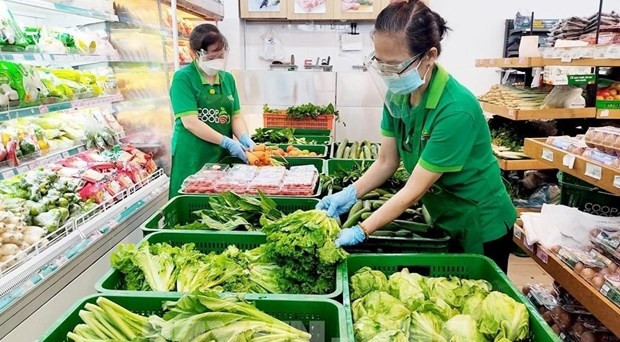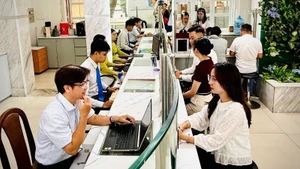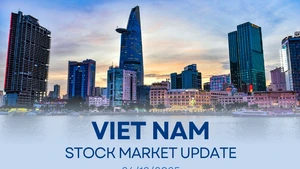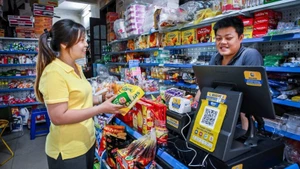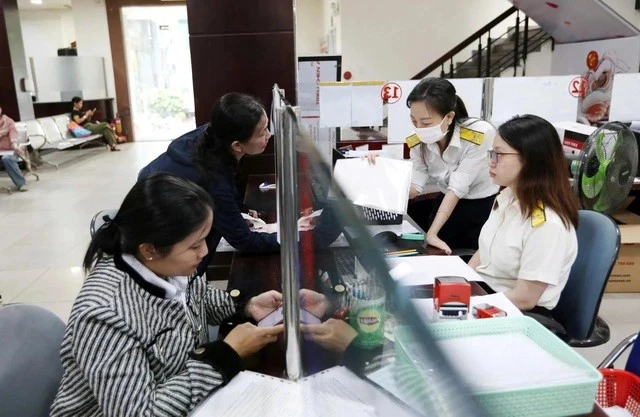In a recent report, the UOB noted that Vietnam continued its development trend in the second quarter of 2022. In the first six months of this year, the production sector recorded a 9.24 percent rise year-on-year.
Based on its latest data and analysis of upcoming challenges, the report maintained its prediction for Vietnam’s GDP growth this year at 6.5 percent, and 7.6 percent in the third quarter of 2022.
However, UOB experts held that a number of outside risks are challenging the country’s economic growth, including the Russia-Ukraine conflict.
The report said that inflation in Vietnam rose to 2.86 percent in May, which was still lower than the target of 4 percent given by the State Bank of Vietnam. In particular, transport costs increased at a double-digit rate over the past 14 months.
Given Vietnam's domestic food supply capacity, upward price pressure has largely been driven by the transport-related components of the consumer price basket, which has accounted for about three quarters of inflation, compared to the average rate of 50 percent in 2021. With the Russia-Ukraine conflict lasting more than 100 days and tensions and sanctions showing no signs of abating, UOB predicted that Vietnam's core inflation will stand at 3.7 percent in 2022 and increase to 5 percent in 2023.
With an uncertain outlook from geopolitics, and the fact that domestic inflation continues to be managed, UOB believed that the State Bank of Vietnam has enough capacity to keep its policy interest rate stable to support economic recovery efforts.
In the report, UOB also forecast the current refinance rate at 4 percent and the rediscount rate of 2.5 percent to remain at these record lows until at least the end of 2022.
